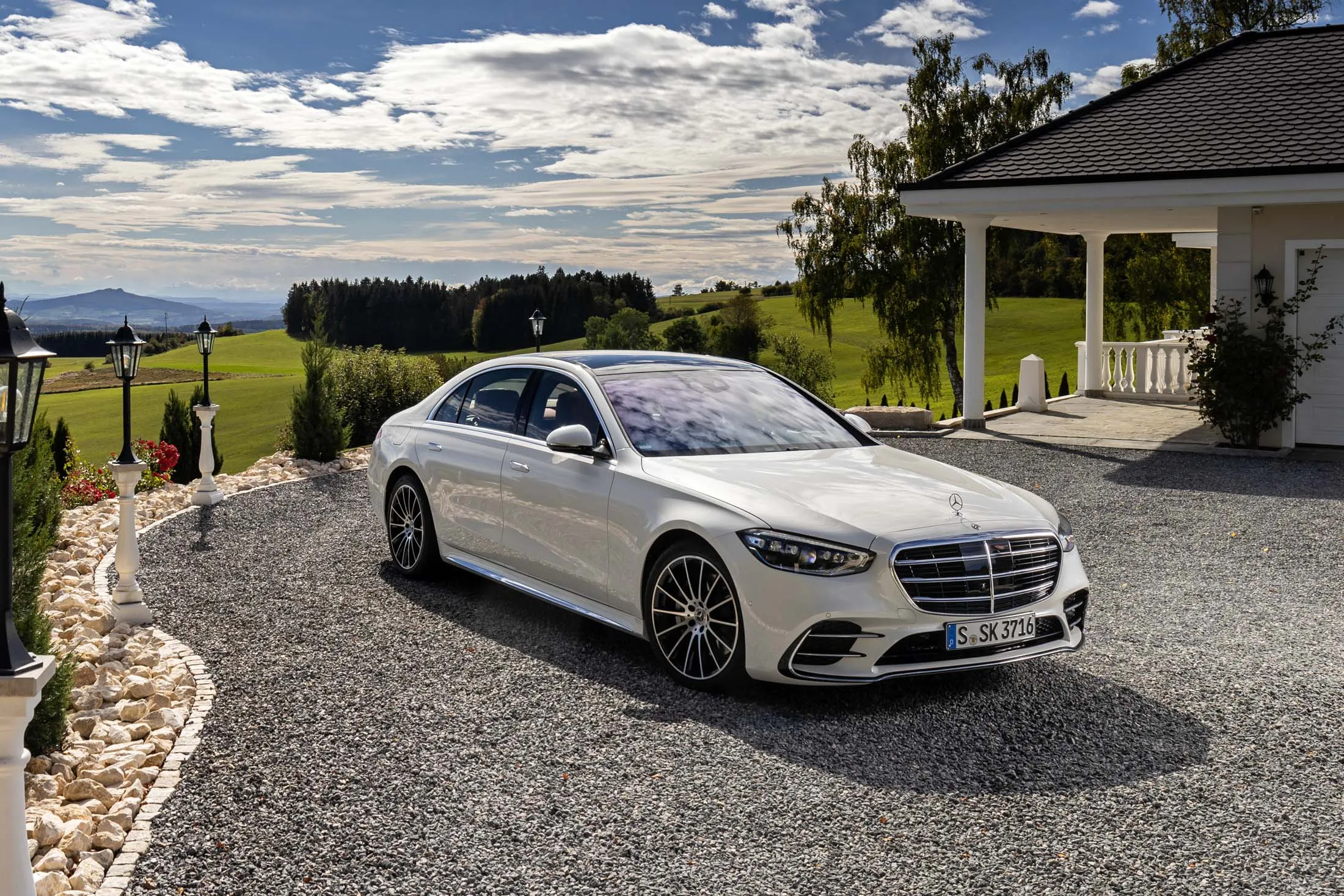When it comes to buying a car, especially a used one, most people are quick to consider things like horsepower, fuel efficiency, styling, safety ratings, and monthly payments. But there’s another critical factor that often gets overlooked until it’s too late: maintenance costs.
The price you pay to buy a car is just the beginning. Over time, you’ll need to change oil, replace brake pads, fix worn-out parts, and deal with occasional breakdowns.
In many cases, the long-term cost of maintaining a car can rival or even exceed the purchase price, especially if you’re stuck with a vehicle known for high repair bills or rare components. That’s why understanding the cost and availability of parts—along with the overall difficulty of maintenance—is essential when evaluating any vehicle.
Some cars are engineered with serviceability in mind. These vehicles are often designed using common parts that are shared across multiple models and generations, making repairs straightforward and affordable.
Automakers like Honda, Toyota, and Ford have built reputations for designing vehicles that not only last a long time but are also easy to fix and cheap to keep on the road.
Owners of these vehicles rarely face the stress of waiting weeks for a part to ship from overseas or paying thousands just to fix a routine issue. Mechanics everywhere are familiar with these models, and do-it-yourselfers often praise how easy they are to work on.
On the flip side, some vehicles can only be described as mechanical divas. These are often luxury sedans, high-performance sports cars, or SUVs loaded with technology. They might offer a sublime driving experience, advanced features, and premium finishes, but they’re also filled with complexity.
A small repair can easily spiral into a multi-thousand-dollar ordeal, particularly if specialized tools or factory-trained technicians are required. These cars often use proprietary parts that aren’t readily available, making even common maintenance jobs both expensive and time-consuming. In some cases, you may even find yourself at the mercy of dealerships, where pricing is rarely budget-friendly.
This article takes a deep dive into both sides of the ownership experience. We’ll look at five vehicles that are well-known for having cheap, easy-to-find parts and low maintenance demands. These are the kinds of cars that can rack up 200,000 miles or more without breaking your spirit—or your bank account.
Then, we’ll explore five vehicles that are notoriously difficult or expensive to maintain, whether due to engineering complexity, unreliable systems, or inaccessible parts. These are the cars that often become nightmares once they’re out of warranty, draining wallets and testing patience.
It’s important to note that this list isn’t just about which cars are “bad” or “good.” Rather, it’s about transparency and awareness. Many people fall in love with a car’s styling or features without fully considering the long-term realities of owning it.
A car with low maintenance costs might not have all the bells and whistles, but it will give you peace of mind every time something goes wrong. Meanwhile, a luxury vehicle may feel amazing on the road but can leave you stranded—both mechanically and financially—if you’re not prepared for the maintenance commitment.
So, whether you’re shopping for your first car, looking to upgrade, or simply curious about what you’re really paying for beyond the sticker price, this guide is for you. We’ll explore the practical realities of each car on this list, break down the reasons behind their respective reputations, and help you make smarter, long-term decisions about your next ride.
ALSO READ: 5 Pickups With the Best Factory Running Boards and 5 Needing Aftermarket
5 Cars With Cheap Parts
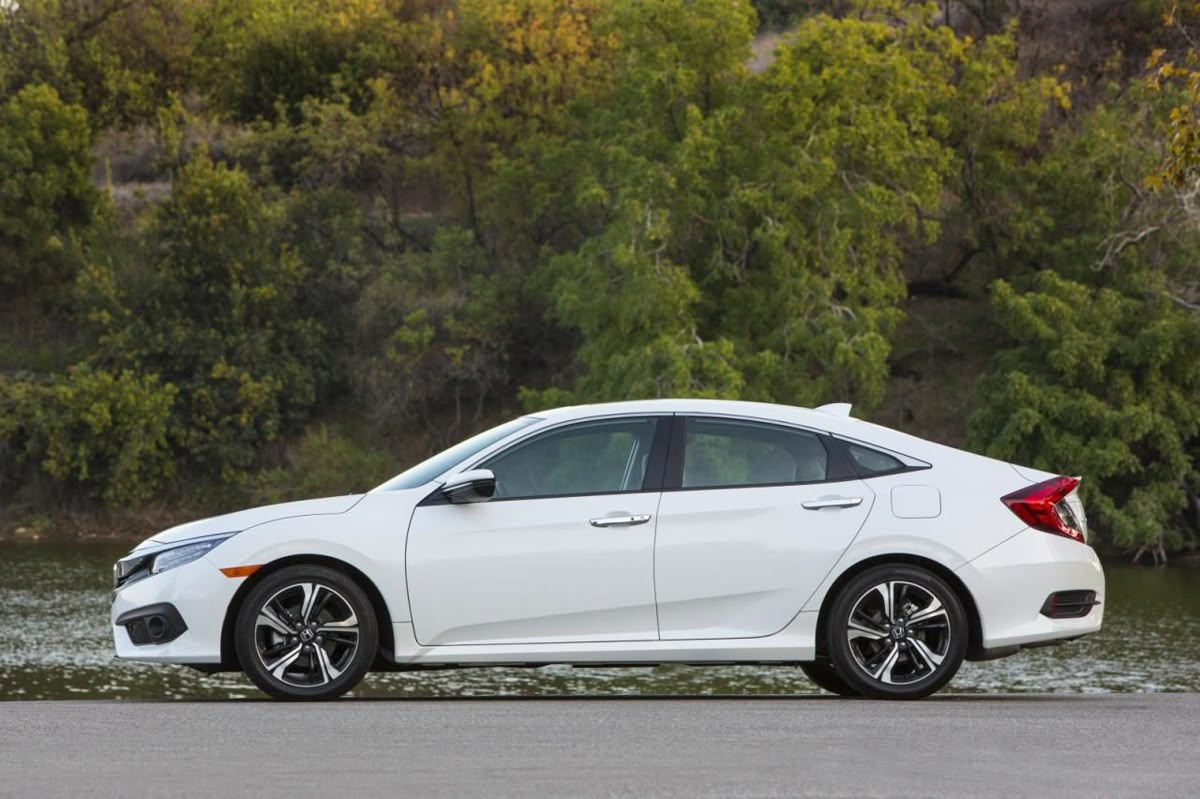
1. Honda Civic
The Honda Civic has earned its place as one of the most cost-effective and dependable cars to own, and a major part of that reputation stems from its incredibly cheap and widely available parts. Whether you’re dealing with a 1990s model or a more recent version, the Civic is a global icon with decades of production behind it.
This long manufacturing history means that its components are in abundant supply, both in OEM (Original Equipment Manufacturer) form and in the aftermarket space. Auto parts stores everywhere stock Civic parts as a priority, and because of the massive demand, prices remain competitive and low.
Another reason the Civic is such a wallet-friendly car is its straightforward mechanical design. Honda has always prioritized engineering simplicity with this model, which means fewer specialty tools are needed and repairs are less labor-intensive.
Many mechanics have years of experience working on Civics, which allows for faster diagnosis and shorter repair times. This translates directly into reduced labor costs. Even owners with minimal mechanical skills find that basic maintenance tasks—like changing spark plugs or brake pads—can be done in a driveway with standard tools.
The Civic’s modular and interchangeable design philosophy adds another layer of affordability. Many parts from one generation can be swapped into another, which opens up access to a wide variety of used or refurbished components.
For budget-conscious car owners, this flexibility is a game-changer. Salvage yards are packed with old Civics, and there’s a thriving community around rebuilding and modding them. This community support means an endless supply of tutorials, guides, and secondhand advice is just a few clicks away.
In addition, because of its popularity in the performance tuning world, there’s a huge market for affordable upgrades and aftermarket components. Companies compete aggressively in the Civic space, offering everything from cheap suspension kits to exhausts, ECU chips, and body panels.
While performance parts can often be expensive for other makes and models, Civic parts are priced to attract young car enthusiasts who want performance without the premium. Even high-end mods like turbo kits are available at a fraction of what they’d cost for less popular vehicles.
Ultimately, the Civic’s affordability isn’t just in the price tag—it’s in the total ownership experience. From the ease of sourcing parts to the car’s forgiving engineering and the low risk of catastrophic failure, the Civic makes car ownership less stressful and more sustainable.
Whether you’re a student, a commuter, or someone looking for a reliable second car, the Civic offers exceptional value over the long term without surprise repair bills lurking around the corner.
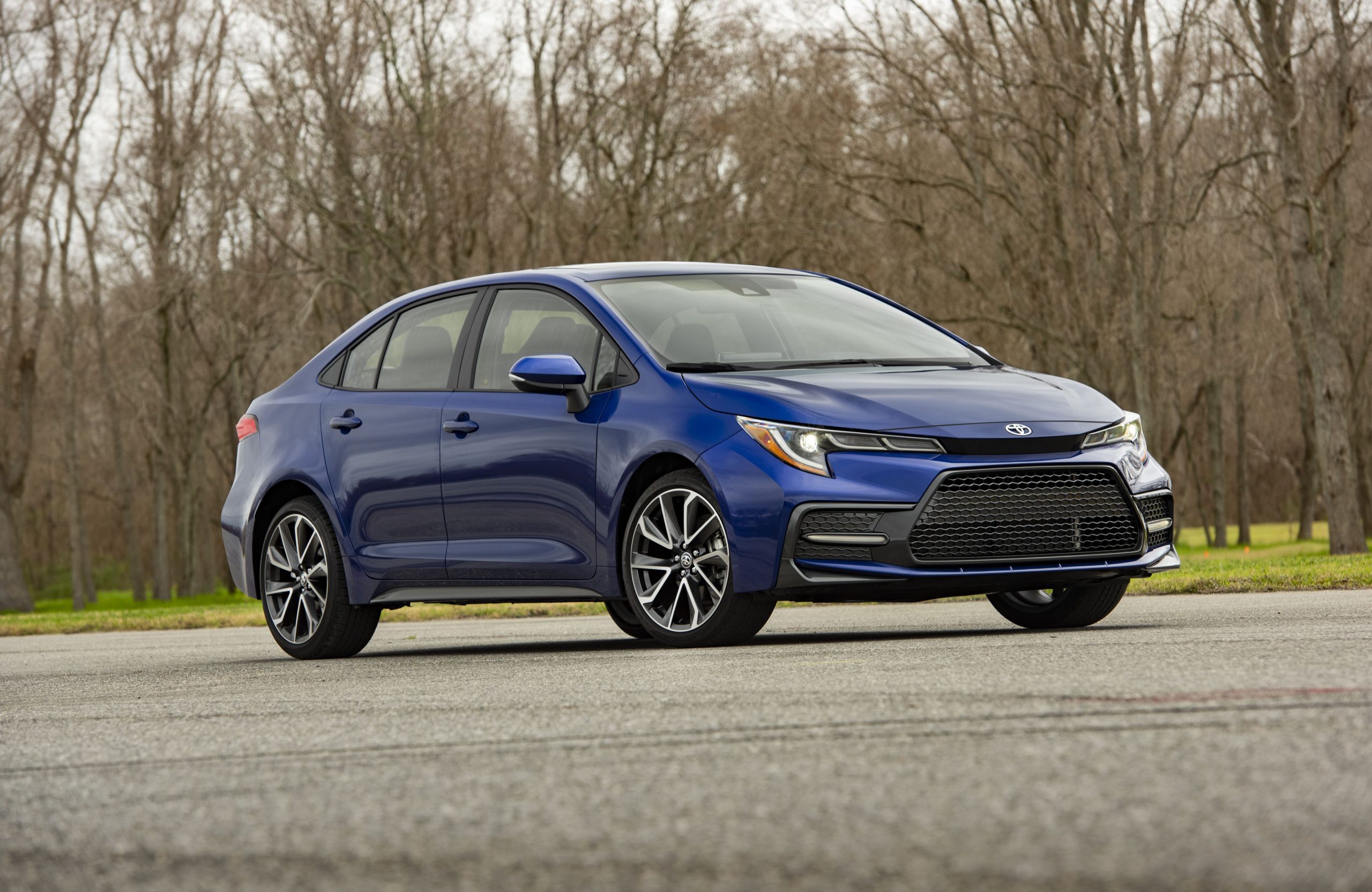
2. Toyota Corolla
The Toyota Corolla is often the default answer when people ask for a no-nonsense, cheap-to-own vehicle. Over the decades, the Corolla has become synonymous with durability, reliability, and cost efficiency.
But behind that reputation is a deeper reality: the maintenance and repair costs are consistently among the lowest of any car in its class, thanks in large part to the affordability and availability of its parts. With millions of units sold globally, the Corolla has one of the largest parts ecosystems in the world, ensuring you’ll never be without options when something needs fixing.
The Corolla’s engineered simplicity plays a huge role in its ease of maintenance. Toyota has long followed a philosophy of incremental improvement, which has resulted in a car that’s robust but not overengineered. Basic models of the Corolla don’t come with unnecessary electronics or fragile components that require dealer-only service.
This means you can take it to almost any mechanic, and most common repairs—like brakes, belts, hoses, and water pumps—are quick and affordable. A large number of parts are shared across Toyota models, which boosts supply and drives down costs further.
Another aspect that makes the Corolla a maintenance champ is its long product cycles. Toyota doesn’t overhaul the Corolla every few years. Instead, they stick with proven platforms for extended periods, only making minor improvements.
This continuity ensures that parts remain compatible over many model years, which increases the availability of both new and used parts. If you drive an older Corolla, odds are good that your replacement parts are still in production or can easily be sourced from a newer or similar vehicle.
The resale market and salvage network around the Corolla are also massive. Because Corollas are so common, they are regularly available in junkyards, meaning that owners can often get working used parts for a fraction of new ones
. And due to Toyota’s reputation for long-lasting engines and transmissions, even older or high-mileage Corollas continue to be parted out with working components. That keeps costs even lower for people willing to go the used-parts route.
Perhaps most impressively, the Corolla’s low parts cost doesn’t come at the expense of reliability or quality. You’re not trading price for performance.
The car holds up incredibly well over time, and when something does go wrong, the fix is rarely expensive or time-consuming. In a market filled with cars that quickly become money pits after their warranties expire, the Corolla is a breath of fresh air: consistent, cheap to fix, and built to last.
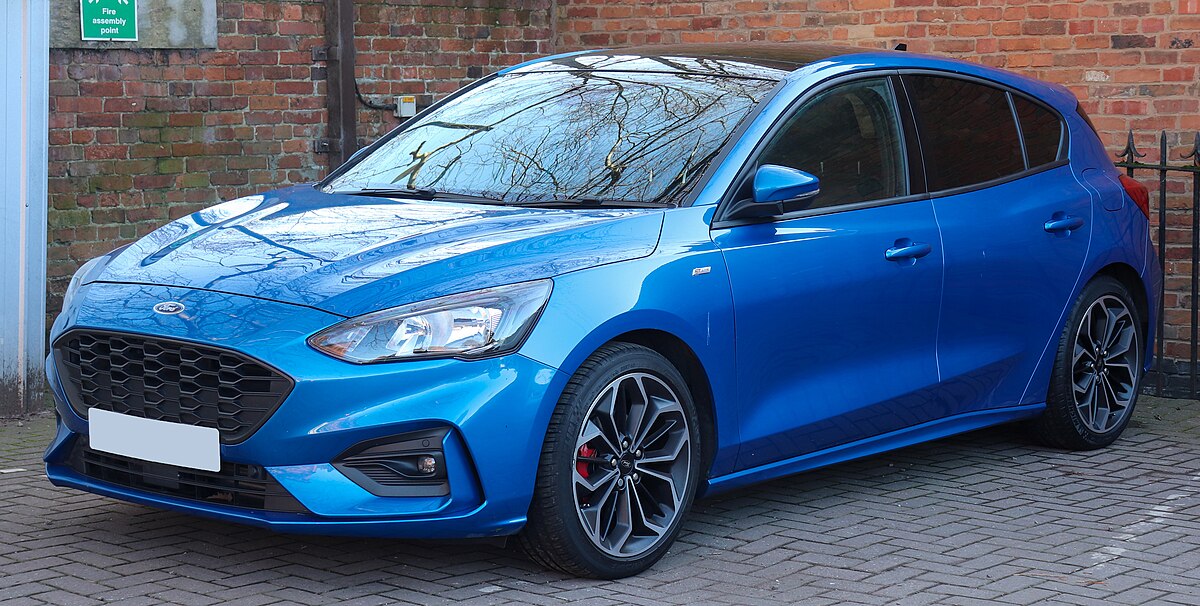
3. Ford Focus
The Ford Focus, especially models built between 2000 and 2015, represents one of the best values in the compact car segment for anyone concerned with repair costs and parts pricing.
Being a domestically produced vehicle in the U.S. market, the Focus enjoys a strong presence in parts stores, mechanic familiarity, and aftermarket support. With millions of units sold in North America alone, it’s easy to find Focus parts in both urban and rural areas, whether you’re searching for OEM or aftermarket components.
One of the biggest financial advantages of owning a Focus is its shared platform and component strategy. Ford, like many automakers, builds multiple vehicles off the same basic architecture. In the case of the Focus, many of its parts—ranging from suspension systems to engine components—are also used in other Ford models such as the Fiesta, Fusion, and Escape.
This practice keeps manufacturing costs low and makes replacement parts easier to come by. The high level of part compatibility also benefits used parts shoppers, who can look across multiple models for what they need.
Mechanically, the Focus is a relatively simple and accessible car. Engine bays are roomy enough to allow easy access to key components, which makes DIY maintenance feasible for those who like working on their own vehicles.
Oil changes, belt replacements, brake jobs, and even alternator swaps are all fairly straightforward tasks. If you prefer to rely on a professional, most general auto shops are more than capable of working on the Focus, and they often have the parts on hand already.
It’s worth noting that the Focus’s reputation is somewhat mixed due to known issues with specific transmissions, especially the PowerShift dual-clutch units used in some models.
However, many of these problems were addressed in later production runs, and vehicles with manual transmissions tend to fare much better in terms of both reliability and repair costs. When well-maintained, the Focus proves itself as a dependable workhorse that rarely surprises you with unexpected, expensive issues.
Perhaps one of the Focus’s most underappreciated qualities is its balance of features and economy. It often comes with creature comforts and technology you’d expect in a more expensive car, yet parts costs remain modest.
Whether you’re fixing a cracked mirror, replacing a door actuator, or upgrading the suspension, you can usually do it on a budget. For those who want affordability without sacrificing drivability, the Focus stands out.
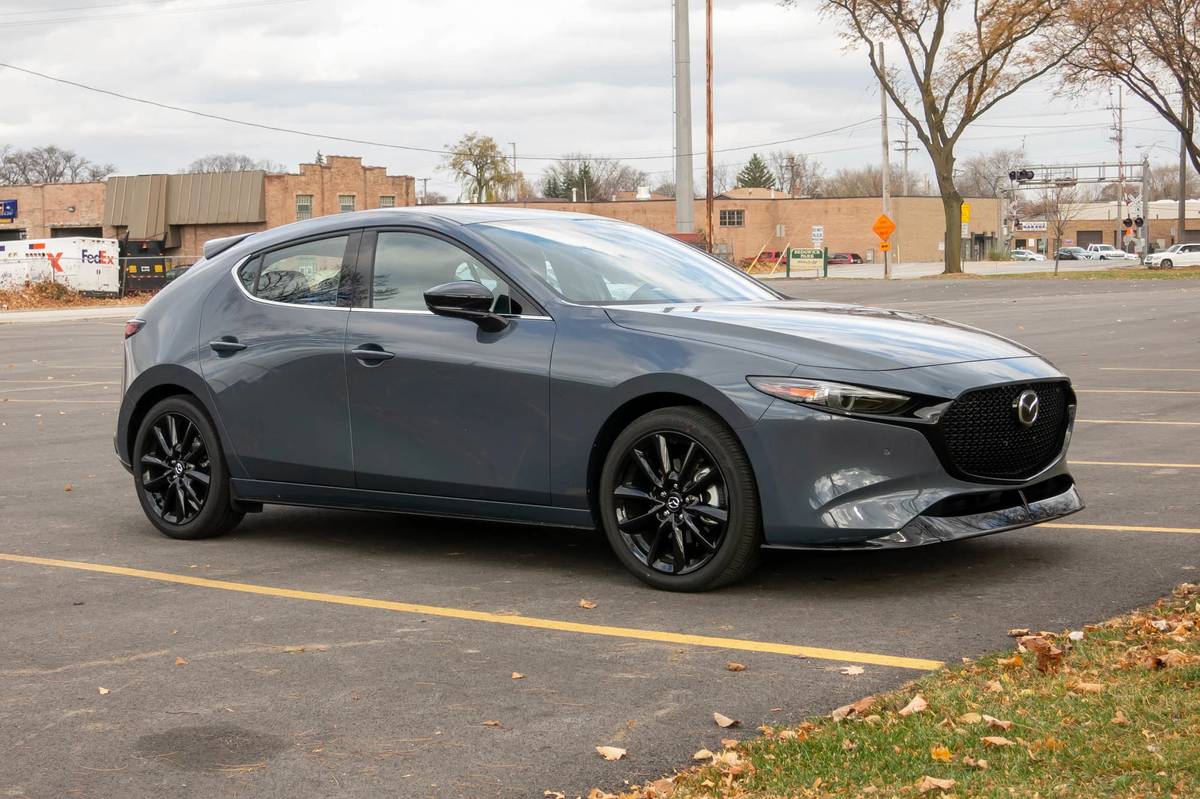
4. Mazda3
The Mazda3 is often overlooked in discussions about affordable ownership, but it really shouldn’t be. While Mazda markets itself as a more premium or sporty alternative to basic commuter brands, the Mazda3 still enjoys low-cost maintenance, strong reliability, and—most importantly—inexpensive parts.
Mazda’s recent quality push has also included better logistics and supplier networks, making it easier and cheaper to obtain what you need to keep the car running smoothly.
Mazda3s use SkyActiv technology, which offers improved efficiency and performance without introducing over-complex components.
The engines are naturally aspirated, meaning fewer things can go wrong compared to turbocharged or hybrid setups. This simplicity carries over to other mechanical systems, such as brakes, suspension, and the transmission. The more basic the systems, the less labor it takes to fix them—and that equals savings for the owner.
Mazda’s parts compatibility across its vehicle lineup also works in your favor. The Mazda3 shares many components with the CX-3 and Mazda6, and in some cases, even with older Mazda vehicles.
This widespread parts sharing allows owners to choose from a wide range of sources—including salvage yards, online retailers, and aftermarket suppliers—without having to rely solely on dealership parts. In many regions, local auto shops also stock common parts due to high demand.
From a design standpoint, the Mazda3 is built with serviceability in mind. While not quite as roomy under the hood as a Ford Focus or Honda Civic, the layout is still mechanic-friendly.
Additionally, there’s a vibrant online community of Mazda enthusiasts who provide step-by-step tutorials for almost every type of repair and modification, making it easier for even novice DIYers to tackle their own maintenance.
Lastly, the Mazda3 offers a higher-end driving experience while still keeping maintenance affordable. You get refined handling, comfortable interiors, and attractive design without entering the luxury pricing bracket for parts.
In a sense, you get the best of both worlds—European-style dynamics with Japanese affordability. For those who want more than just a basic A-to-B car but still want to keep costs low, the Mazda3 is an excellent compromise.
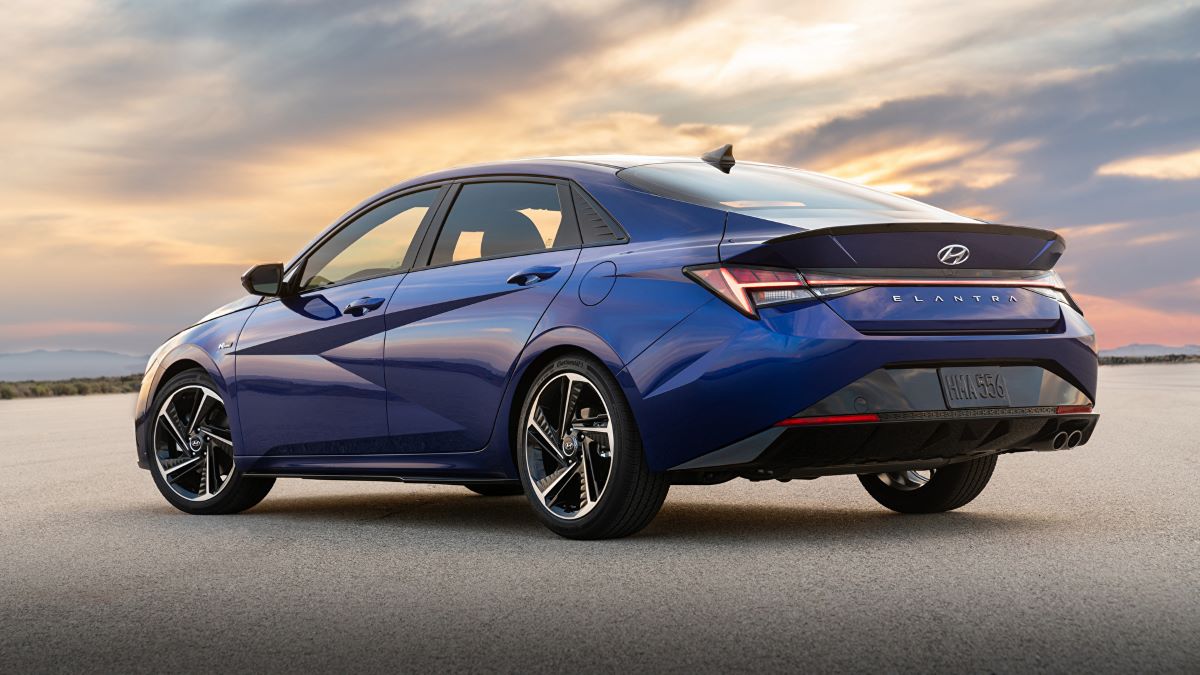
5. Hyundai Elantra
The Hyundai Elantra has made massive strides in both reliability and affordability over the last two decades, evolving into one of the most cost-effective compact sedans on the market.
A big reason for this improvement lies in Hyundai’s expanded parts manufacturing and distribution networks, which have significantly improved since the early 2000s. Parts for the Elantra are now widely available, even in smaller markets, and the prices are often among the lowest for any compact sedan.
Hyundai’s strategic alliance with Kia also plays a critical role in the Elantra’s parts affordability. Many components—including engines, transmissions, and electrical systems—are shared across both brands, boosting production volume and lowering unit costs.
For the consumer, this means that sourcing parts, whether new or used, becomes much easier. Even more niche items like infotainment modules or seat actuators are commonly available due to this high level of component standardization.
The Elantra’s simple design and modular construction make it ideal for both professional and DIY mechanics. The engine bay is uncluttered, and Hyundai has generally avoided over-engineering the vehicle.
This makes common maintenance items like oil changes, brake replacements, and timing belt swaps quick and inexpensive jobs. Many repair manuals and how-to videos are widely available for those who prefer to work on their own cars.
Hyundai also offers one of the most comprehensive warranties in the industry, which further reduces out-of-pocket repair costs in the early years of ownership. Even once the warranty expires, the car remains cheap to maintain.
A full set of brake pads, for example, can often be purchased for under $50, and complete strut assemblies are available for less than half the price of what you’d pay for a European car in the same category.
Beyond the mechanics, the Elantra’s global production footprint ensures that you’ll always find parts whether you’re in the U.S., Canada, or Asia.
Hyundai’s commitment to long-term product support means that even older models continue to have a strong parts supply. Overall, the Elantra delivers rock-bottom maintenance costs without sacrificing modern features, making it one of the best choices for budget-conscious car owners.
5 Cars That Are Hard to Maintain
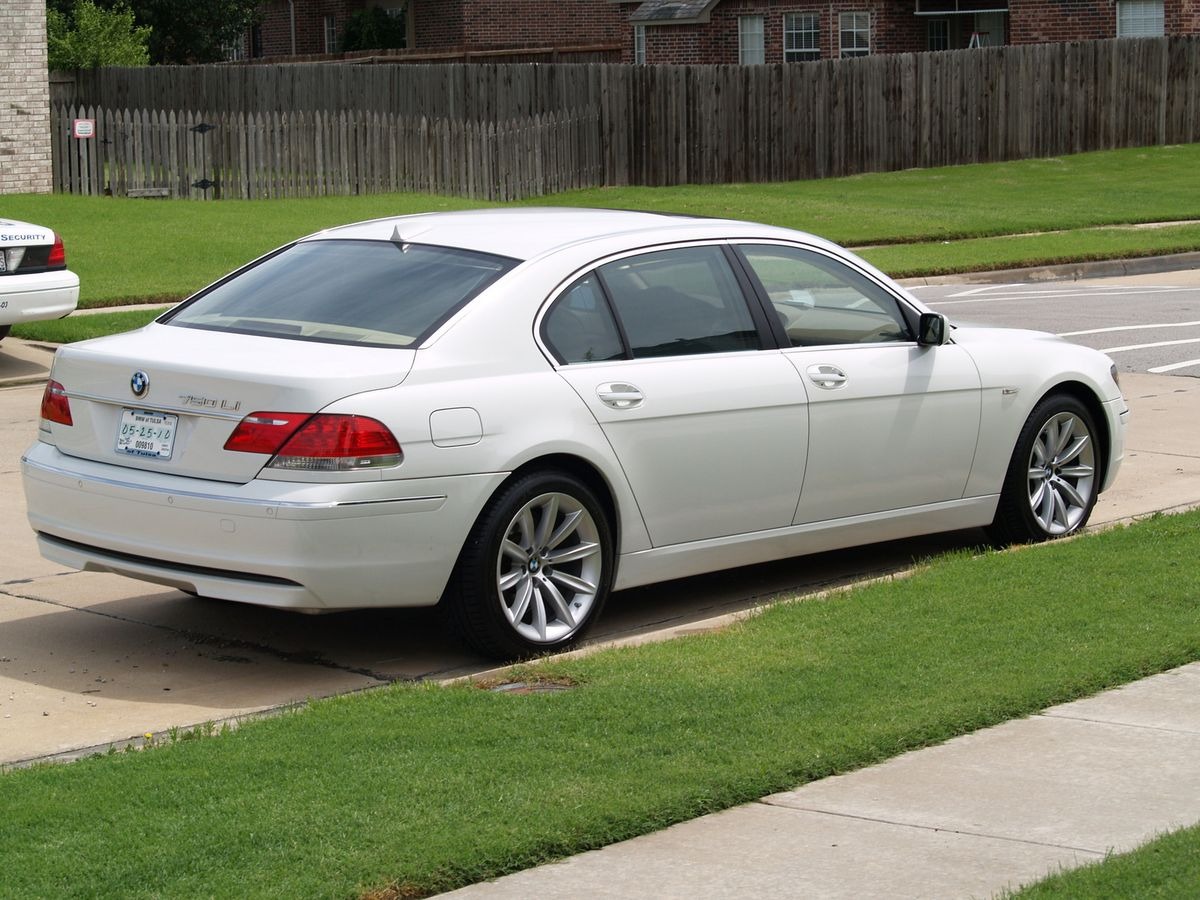
1. BMW 7 Series
The BMW 7 Series is a technological masterpiece, often positioned as the flagship luxury sedan in BMW’s lineup. However, that very status comes with some serious baggage in terms of maintenance. One of the main reasons the 7 Series is hard to maintain is its complexity.
Every generation brings more advanced electronics, driver-assistance features, and luxury components, which makes diagnosing and fixing problems much more difficult. Most of these systems are highly integrated, so a problem with one module—say, an iDrive screen or a sensor in the suspension—can cause a cascade of errors or affect unrelated parts of the vehicle.
Part of the high cost of ownership is due to BMW’s proprietary engineering and design choices. For example, the 7 Series often uses specialized components, from adaptive air suspension systems to active steering units, that can only be serviced using dealership-level diagnostics tools.
You can’t just take this car to a local mechanic and expect them to fix it properly. Even if they’re willing to try, they might lack the specialized tools or training to avoid compounding the issue. That means more trips to the dealership, which are never cheap.
In terms of replacement parts, BMW’s prices are notoriously high. Even basic items like brake rotors, control arms, or water pumps often cost two to three times more than equivalent parts for a Toyota or Ford.
The worst part is that many BMW parts, especially those for high-end models like the 7 Series, are VIN-specific—meaning the exact part needed may not be interchangeable with similar parts from other BMWs. This limits access to affordable salvage parts and usually forces owners to buy new, OEM components.
Another concern is the longevity of electronic systems. As these cars age, features like power seats, massaging systems, electronic window shades, or infotainment units can fail.
These aren’t life-threatening to the car’s function, but they’re expensive to fix and hard to ignore in a vehicle that once cost $100,000 new. Electrical gremlins are common in older 7 Series models, and diagnosing them can take hours of labor, even for experienced technicians.
Finally, even regular maintenance items like oil changes, coolant flushes, or transmission service are costlier and more complicated than on mainstream cars. BMWs often require specific fluids and procedures that add time and cost
. DIY maintenance is possible, but it requires in-depth research, expensive tools, and a willingness to deal with temperamental software and hardware. The 7 Series is a luxury car through and through—just make sure your wallet is ready for that reality every step of the way.
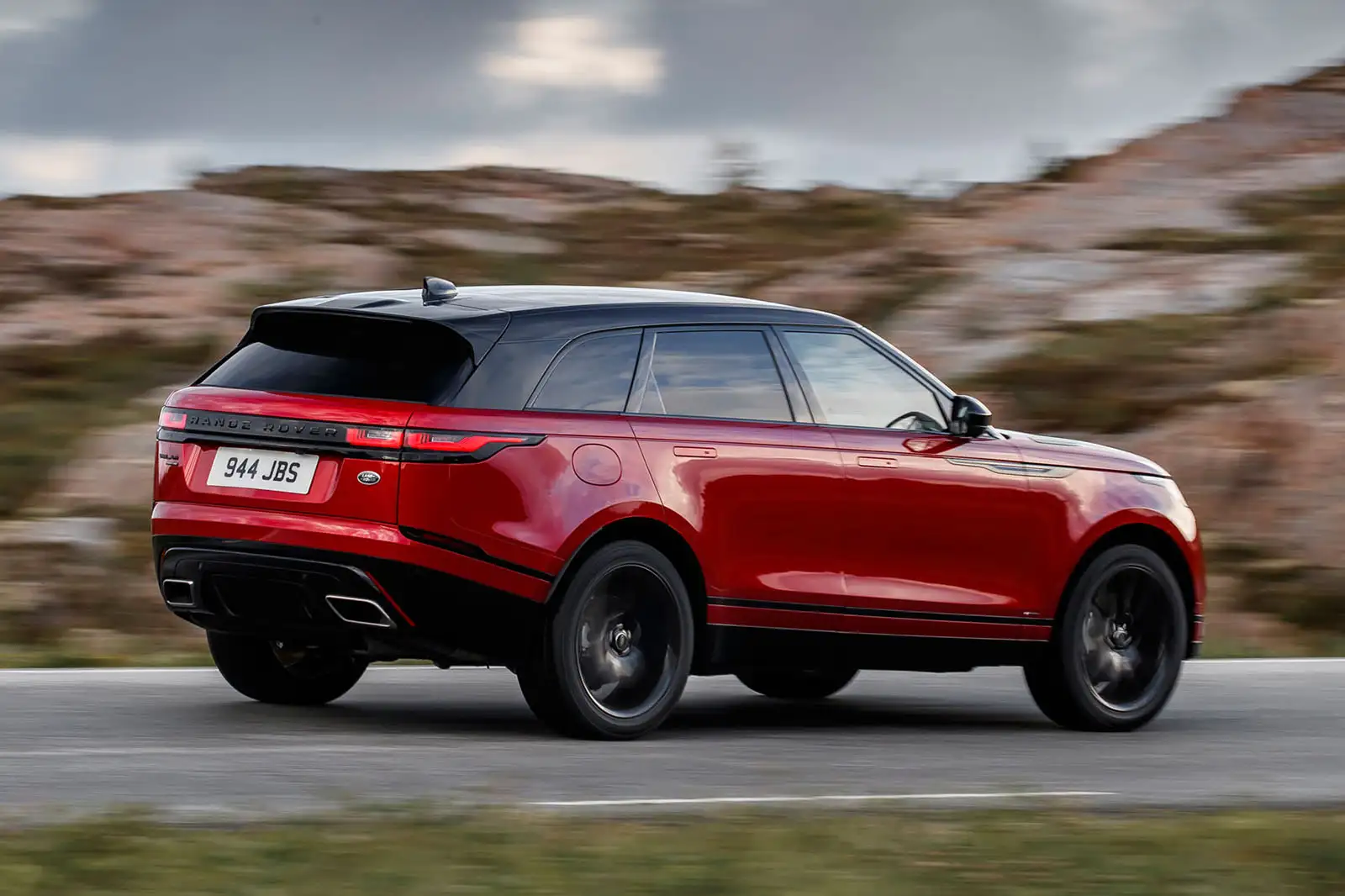
2. Range Rover (Land Rover)
The Range Rover, produced by Land Rover, is a luxury SUV known for its off-road capabilities and upscale interiors. However, it also holds a notorious reputation for being one of the most unreliable and difficult-to-maintain vehicles in its segment.
While it offers a premium experience when everything is working correctly, the reality for most owners is an endless carousel of electrical issues, air suspension failures, and bizarre warning lights. The complexity of these systems, combined with poor reliability records, makes the Range Rover a true headache once it’s a few years old.
A key issue lies in the air suspension system, which is standard on many Range Rovers. While it provides a smooth ride and adjustable ground clearance, it’s prone to failure. The compressors can wear out, the airbags can leak, and the sensors often go bad.
Replacing or repairing these components can easily run into thousands of dollars, and even a small error can disable the entire system. Worse, the suspension system is tightly integrated with the car’s computer, so an issue there can cause the car to go into limp mode or stop functioning entirely.
Land Rover also has a long history of unreliable electronics and poor-quality control. Everything from the infotainment system to the power windows has a tendency to malfunction. And because of the car’s design, accessing components for repair often requires removing panels, seats, or even parts of the dashboard.
This leads to excessive labor costs, especially if you’re relying on a certified dealership to perform the work. And you usually have no choice but to go to the dealer—most independent shops won’t even touch these cars without charging a premium.
Another problem is limited parts availability. While Land Rover has a global footprint, many replacement parts for Range Rovers—especially older models—are only available through dealers or specialized suppliers.
Even when parts are available aftermarket, they often don’t match the quality of OEM parts, leading to more failures and more money spent. Shipping delays for parts coming from the UK or other countries can add further frustration to already expensive repairs.
Perhaps the biggest issue is depreciation and cost-of-ownership imbalance. A used Range Rover may seem like a good deal because prices drop so dramatically after a few years. But there’s a reason for that: the upkeep becomes prohibitively expensive.
Owners often joke that “you don’t own a Range Rover—you lease its functionality until it breaks.” That might sound harsh, but it’s a sentiment shared by thousands of frustrated former owners who learned the hard way that luxury and durability don’t always go hand in hand.
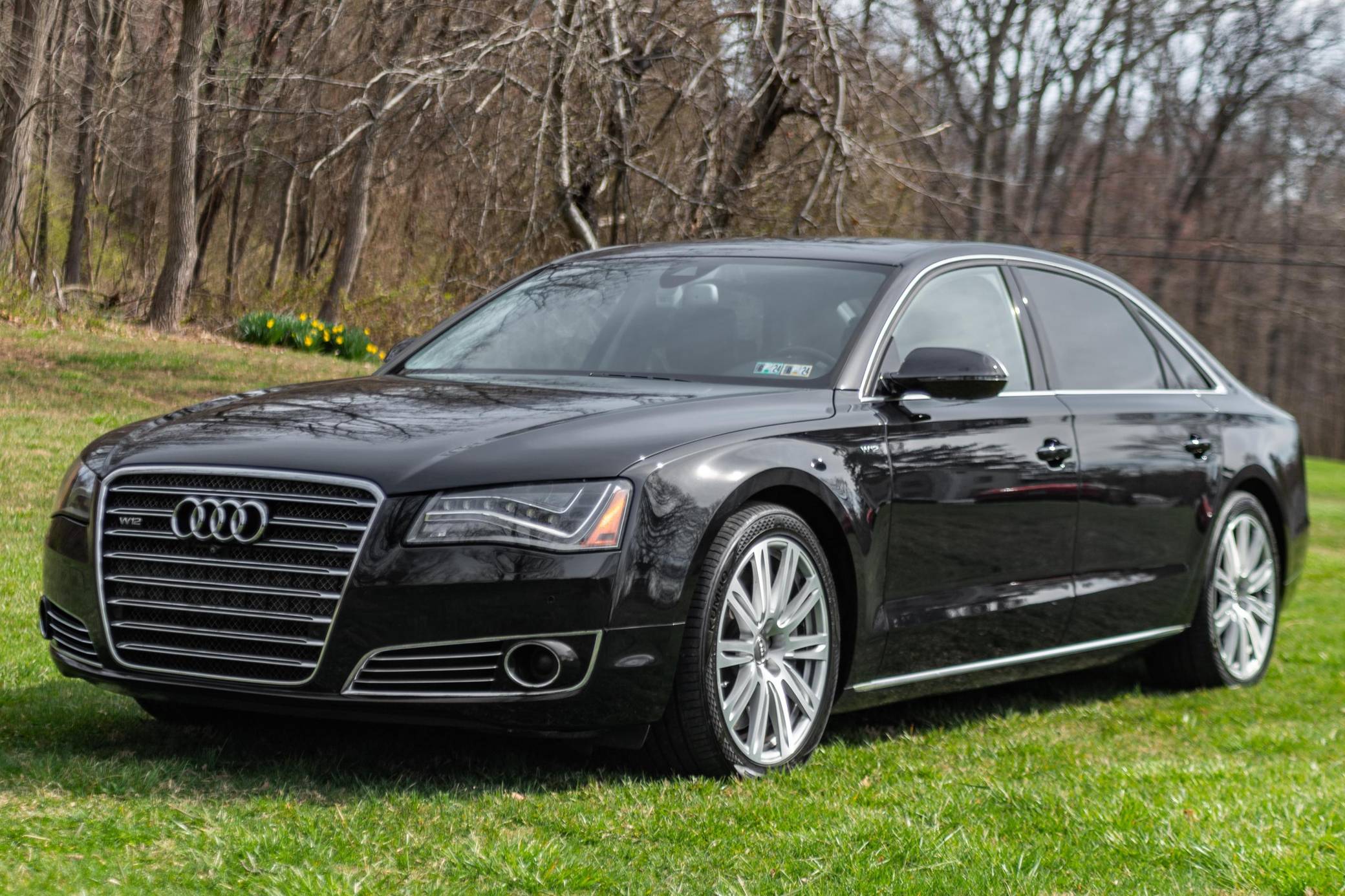
3. Audi A8
The Audi A8 is another flagship luxury sedan that dazzles with technology and comfort but punishes the owner with high maintenance demands.
As Audi’s top-tier model, the A8 is packed with features that are both impressive and fragile. These include adaptive air suspension, advanced infotainment systems, massaging seats, and more. Each of these features comes with its own control modules, wiring, and sensors—many of which can fail over time and are expensive to replace or even diagnose.
Audi vehicles, especially the A8, tend to suffer from component crowding under the hood. The engines are packed tightly with little room to work, meaning even minor repairs like thermostat replacements or valve cover gasket jobs can take hours longer than they would on simpler vehicles.
Labor times are high, and that translates into high costs. Worse yet, the need for specialized diagnostic tools makes it hard for independent mechanics to handle Audi repairs unless they’re VAG-certified or Audi-focused.
A unique challenge with the A8 is its aluminum body construction. While this reduces weight and improves handling, it also makes body repairs incredibly expensive.
A fender bender that would cost $500 to repair on a steel-body car could easily run $3,000 or more on an A8. Aluminum panels require special tools and bonding agents that not all body shops have access to, meaning insurance premiums are also higher for this model.
The A8’s Quattro all-wheel-drive system, while excellent for performance and safety, adds another layer of complexity. Drivetrain repairs are notoriously expensive, and parts like center differentials or transmission components are both costly and hard to source.
If something goes wrong, you’re not just fixing a simple car—you’re dealing with an integrated performance machine that requires expert care and deep pockets.
Owners who’ve had an A8 beyond its warranty often describe the experience as “death by a thousand cuts.” While individual repair costs might seem manageable on their own, they stack up quickly. A $1,200 suspension fix here, a $2,000 electronics issue there, and before long, you’ve spent more on maintenance in a year than the car is worth.
Unless you have an extended warranty or a budget set aside specifically for high-end maintenance, owning an Audi A8 can become an ongoing financial burden.
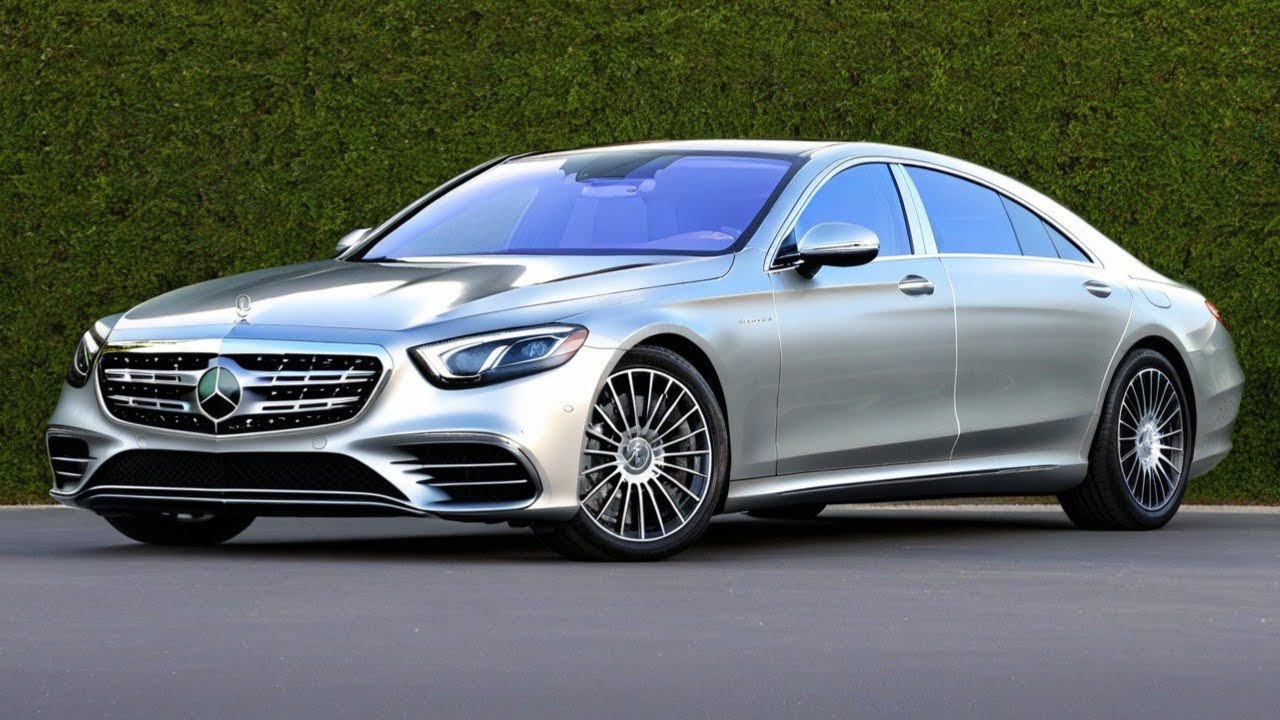
4. Mercedes-Benz S-Class
The Mercedes-Benz S-Class is considered the pinnacle of German luxury engineering. Every generation introduces breakthrough features that eventually trickle down to more affordable models. But all of that innovation comes at a cost—high complexity and staggering maintenance expenses.
As Mercedes’ flagship sedan, the S-Class incorporates the latest in suspension technology, driver assistance, lighting systems, and connectivity. While these features work flawlessly when new, they become a minefield of potential failures as the car ages.
The air suspension system (AIRMATIC or Magic Body Control, depending on the model) is one of the most frequent trouble spots. It offers an incredibly smooth ride, but it’s prone to leakage, pump failure, and sensor malfunctions.
Replacing even a single strut can cost over $1,000, and full-system failures are not uncommon as the car approaches the 100,000-mile mark. Combine that with expensive labor rates at Mercedes dealerships, and you have a recipe for financial frustration.
Electronics are another pain point. The S-Class is known for having dozens of interconnected computer modules, each responsible for everything from seat adjustments to ambient lighting and automated safety features.
Diagnosing a single issue can take hours due to the car’s intricate architecture. For example, something as minor as a faulty parking sensor might trigger error codes in multiple systems. Mechanics often need to spend time just ruling out false positives before even identifying the real problem.
Mercedes also uses proprietary parts and software, making DIY repairs extremely difficult. Even experienced mechanics often avoid working on these vehicles unless they have access to Mercedes’ STAR diagnostic tools and factory service manuals.
Furthermore, many parts are not available from third-party suppliers or are VIN-specific, which limits your ability to shop around for better prices or used parts. That leaves the dealership as your only option, and they charge accordingly.
On top of all this, the S-Class has steep depreciation, so it’s easy to find a used model for a fraction of its original price. But as many owners find out, that low purchase price is just the beginning of the story.
Maintenance costs often exceed the value of the car within just a few years. Unless you have the budget to treat the S-Class like the high-end luxury product it was designed to be, ownership can feel like a luxury you can’t afford to keep.
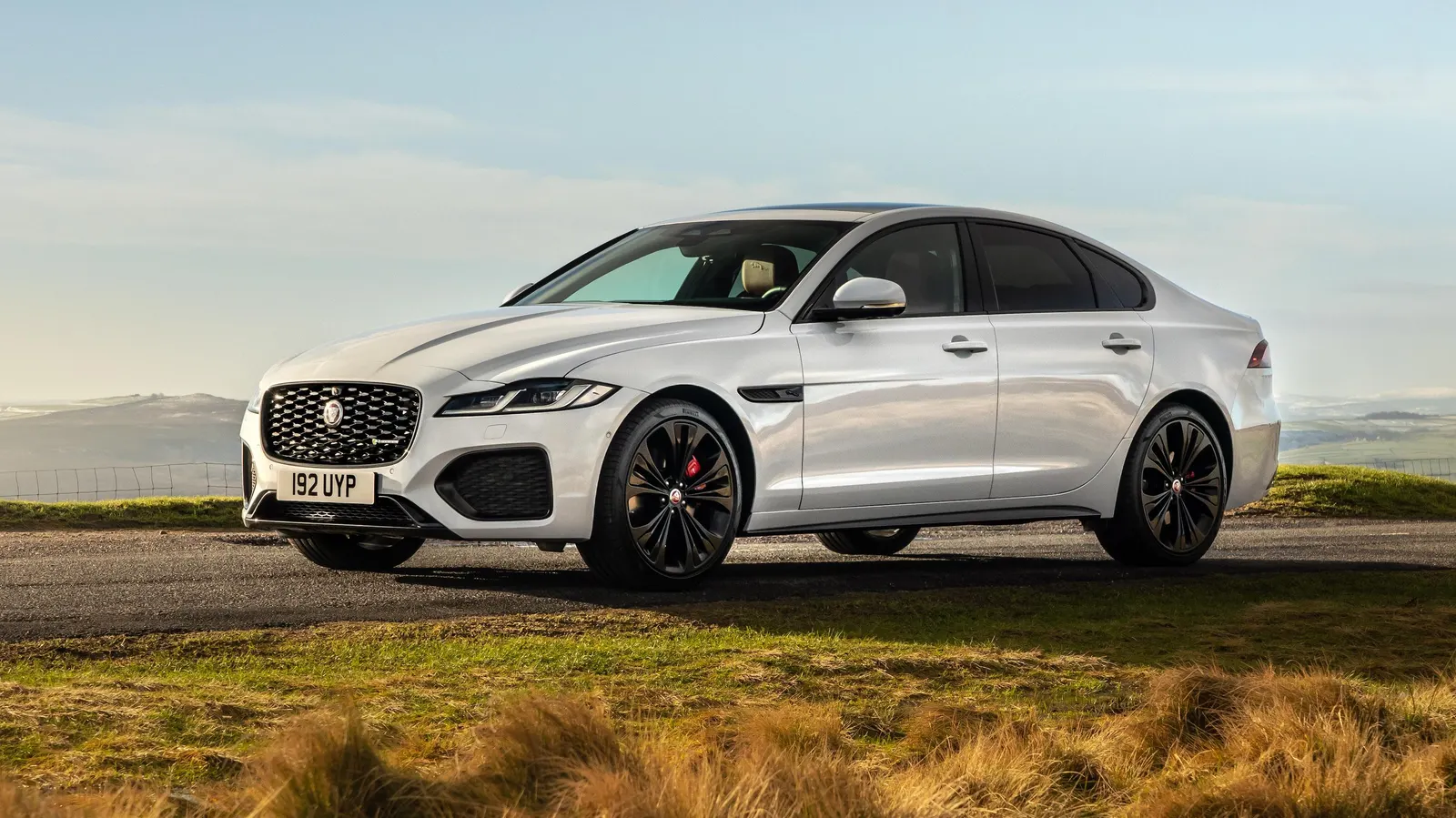
5. Jaguar XF
The Jaguar XF is a stylish, performance-oriented luxury sedan that offers plenty of curb appeal, but it suffers from a long-standing reputation for poor reliability and expensive maintenance.
While Jaguar has made improvements in recent years, many of the issues that plagued the brand in the early 2000s still haunt the XF today. Owners often report frequent electrical gremlins, transmission quirks, and drivetrain problems, which are costly to diagnose and repair.
One major challenge is the lack of a robust support network, especially in North America. While major cities may have authorized Jaguar service centers, smaller towns rarely do.
This means long wait times, expensive transportation fees, or being forced to rely on local mechanics who may not have the tools or experience to work on the car properly. This drives up labor costs and increases the likelihood of misdiagnosed or recurring issues.
Parts availability for the XF can also be hit or miss. While some commonly replaced items like filters and brake pads are easy to find, more intricate components—such as body panels, suspension modules, or electronic sensors—are often only available through Jaguar dealerships or UK-based suppliers.
This not only increases the cost but also delays repairs, especially if parts need to be shipped internationally. Even simple items can become multi-day ordeals if they’re backordered or hard to track down.
Then there’s the issue of software and diagnostics. Like other luxury brands, Jaguar uses proprietary diagnostic systems. The XF’s systems can be very temperamental, requiring exact software versions and reset procedures that are difficult to execute without specialized tools.
DIY repairs are nearly impossible unless you’re deeply experienced and have the necessary equipment. Independent shops also tend to avoid these cars unless they specialize in European luxury vehicles, which means limited competition and higher prices.
In essence, the Jaguar XF is a beautiful car that offers a premium experience when everything is working, but that’s a big “if.” For buyers considering used models, it’s critical to have a comprehensive pre-purchase inspection and budget at least a few thousand dollars annually for unexpected repairs.
The allure of owning a sleek, upscale European sedan is strong, but unless you’re ready for the costs and complications, it may quickly lose its appeal.
ALSO READ: 5 Pickups With the Best Factory Running Boards and 5 Needing Aftermarket
Choosing the right car involves more than just falling in love with how it looks or drives. While performance, comfort, and technology are all important, they pale in comparison to the hidden reality of ownership costs. Over the years, what truly defines a good ownership experience is how affordable and manageable a vehicle is to maintain.
Whether you’re someone who likes to tinker under the hood or a driver who relies entirely on professional service, the cost, availability, and complexity of parts will shape your day-to-day relationship with your car.
The five cars we explored in the first half of this article—Honda Civic, Toyota Corolla, Ford Focus, Mazda3, and Hyundai Elantra—prove that dependability and affordability aren’t mutually exclusive. These models offer some of the lowest long-term ownership costs in the industry, largely because they were designed with simplicity and longevity in mind.
They benefit from massive production volumes, shared parts across generations and models, and widespread mechanical familiarity. Whether you’re changing a battery or replacing an engine mount, these cars are designed to make it easy and inexpensive. This doesn’t mean they’re immune to issues—every car will need attention eventually—but they handle wear and tear with grace.
In contrast, the second group—BMW 7 Series, Range Rover, Audi A8, Mercedes-Benz S-Class, and Jaguar XF—represents the flip side of the coin. These are vehicles that dazzle with technology, status, and driving dynamics, but often fall short in terms of long-term practicality.
High-end features come with high-end headaches, especially once the vehicle is a few years old. Whether it’s a failing air suspension, proprietary electronics, or limited parts availability, these issues aren’t just expensive—they’re also hard to fix without specialized tools, training, or dealership support. Repairs that would cost a few hundred dollars on a Civic can run into the thousands on a 7 Series or S-Class.
It’s also important to consider the emotional cost of ownership. While the prestige and enjoyment of a luxury car are undeniable, they can be quickly overshadowed by stress, frustration, and repeated trips to the shop.
There’s a reason why so many luxury vehicles have steep depreciation curves—once the warranty runs out, the cost of upkeep often becomes a dealbreaker. On the other hand, cars like the Corolla and Civic tend to hold their value, not just because of reliability, but because people know what to expect when it comes to maintenance: simplicity, accessibility, and affordability.
However, that’s not to say nobody should buy a luxury car. If you have the means to afford both the vehicle and its upkeep—and you value the driving experience, design, or brand cachet—it may very well be worth it.
But going in blind, thinking that all cars are equal once they leave the lot, is a recipe for disappointment. Understanding what you’re signing up for is critical, especially as cars become more complex, more computerized, and more expensive to repair over time.
Ultimately, the key takeaway is to match your car with your lifestyle, budget, and expectations. If you need something bulletproof for daily driving and occasional repairs, stick to the tried-and-true affordable models with strong parts networks and simple designs. If you’re seeking luxury, innovation, and don’t mind paying to maintain that experience, just make sure you plan and budget accordingly.
Your car should serve you—not the other way around. The goal is not just to drive, but to drive smart. Knowing which cars are cheap to maintain and which ones are notoriously difficult gives you the power to make informed, confident decisions that will benefit you for years to come.

